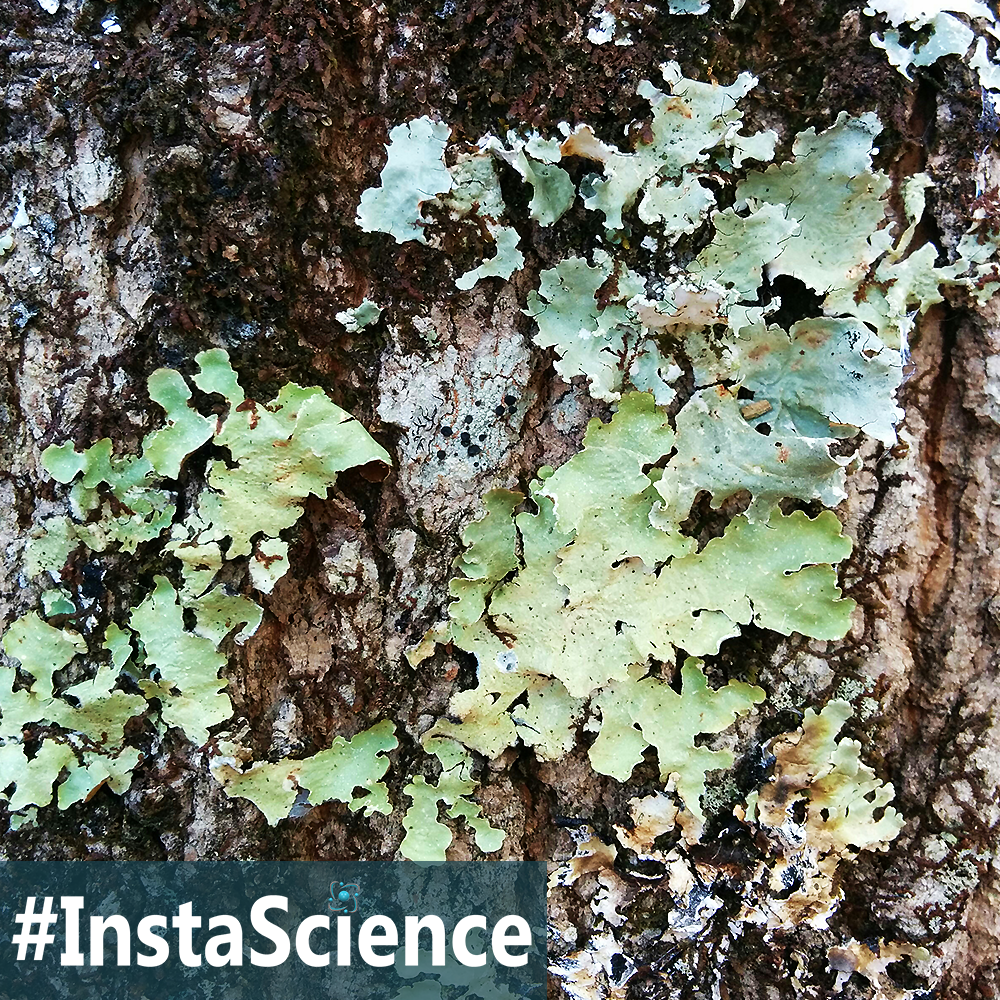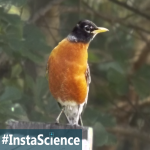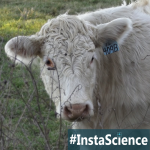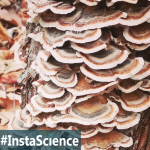
Lichens are found throughout the world, growing on tree trunks and rocks. Lichens can be found in some of the harshest environments, such as the arctic tundra, which makes them great subjects for winter science!
Lichens are the result of a symbiotic, or mutually beneficial, partnership between a fungus and an alga plant or a bacterium. In other words, they are technically not plants, but rather a living biological partnership.
In the lichen partnership, the fungi protect the algae or bacteria that live below. In turn, the algae or bacteria provide the fungi with the sugars they need to grow.
Lichens reproduce through the use of diaspores, which are released into the air. The diaspore is simply a spore with some additional tissue. Lichen diaspores contain spores from the fungus plus a few cells from the alga or bacterium. Once the diaspora lands in a suitable place, it grows and develops into another lichen.
Fun Fact – Biologists often study lichens in old cemeteries!
Teaching Science At Home
Want to learn more about lichens? Check out the following articles:
- Types of Lichen – Learn more about the different types of lichens.
- Lichen Biology – All you want to know about lichens in a very scientific manner.
- Lichens {Video} – A short lecture on lichens from the Harvard Museum of Natural History.
Related Homeschool Science Activities
Keep the learning going with these science activities!
- Lichen Hunt – Take the students on a nature walk to look for different kinds of lichens and where they grow. When you find a lichen, use a transparency (or tracing paper) to cover and trace it.
- Lichen and Moss – Check out this outdoor hour challenge for more ideas to study these amazing partnerships.





Join the Community!